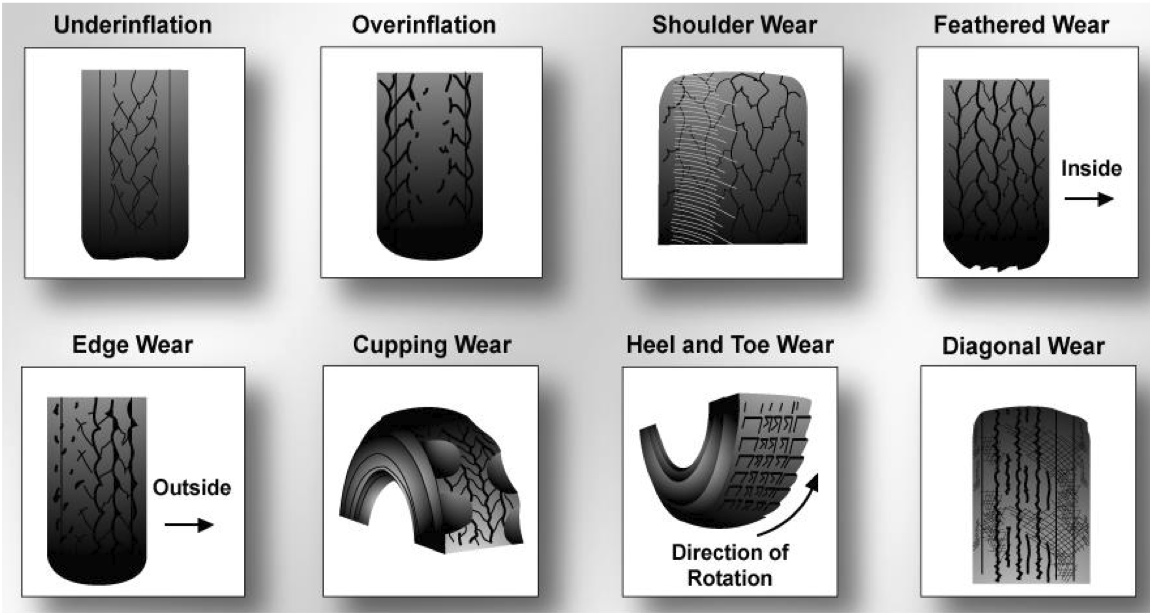In wet and wintry weather, all-season tires begin losing traction long before they appear worn-out, according to Consumer Reports’ testing. Tread depth is essential to disperse rainwater and slush, and claw at snow. As tires wear, this ability to hold the road confidently fades.
In CR’s tire tests, we started to see a decline in the performance of tires with half their tread depth still left—well before most drivers would consider replacement.
This had the largest impact on snow traction, where acceleration fell about 14 percent, and on wet stopping distances, which increased by about 7 percent, compared with new versions of the same tires with full tread depth. All of the tires tested worked well in dry and temperate conditions.
The findings reinforce our recommendation that drivers use winter/snow tires if driving a lot in snow. These are specially formulated and constructed to provide maximum grip in snowy and icy conditions. Drivers should also be aware that tread depth has an impact on traction for these tires as well.
“Drivers in the snow belt should inspect their tires in the fall,” says Ryan Pszczolkowski, who runs the CR tire testing program. “We typically advise that shopping should begin when tires are down to 4/32 of an inch, but with snow, you want to make sure you have at least that tread depth in the middle of winter, even if that means replacing tires a bit earlier than you would during milder seasons.”
As part of a broader testing program, Consumer Reports also assesses about 50 tire models every year, numbering hundreds of individual tires. We put them through a dozen tests to come up with detailed ratings across many categories. These tests include not only track testing but also extensive tread wear testing. (See the latest tire ratings.)
To assess the impact of tread depth on winter traction, we compared the performance of three popular all-season tires—one set with a full tread and one with only half the tread left.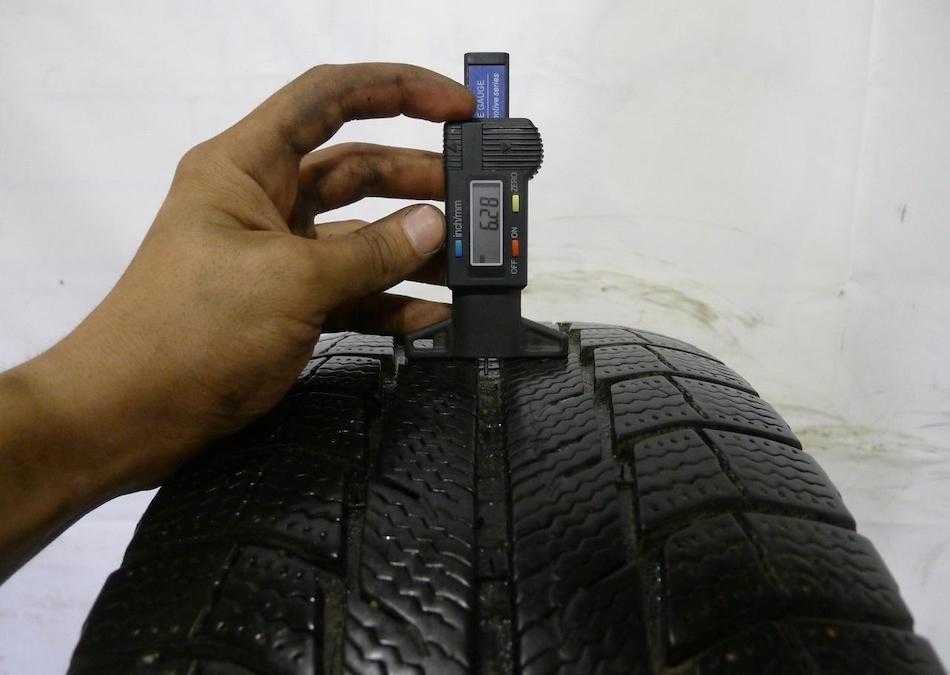
We shaved tires to about a half-tread depth to simulate a used tire with a lot of life left in it. We tested by accelerating on snow and braking on wet surfaces to assess traction.
We also tracked the speeds at which the tires started to skim or hydroplane on standing water on a road at our Auto Test Center. And we went to a local ice rink to measure stopping distance on ice.
The results show a decline in performance that consumers may experience before the tires are worn-out.
A tire with a half-tread depth usually has 5/32 to 6/32 of an inch remaining. Tires are worn-out when they reach 2/32 of an inch, but you don’t need to go that low to see a substantial decline in performance on slick (wet, snowy, or icy) surfaces.
On average with the half-tread tires, there was:

To monitor your tire’s tread depth, buy a tread-depth gauge from an auto parts store, or simply use a quarter to judge whether the tires need replacing. If the top of George Washington’s head is just visible when placed head first in a tread groove, the tread has about 4/32 of an inch depth. That’s enough to offer some all-weather grip, but you’ll want to start shopping for replacements. Certainly when any tire groove is at 2/32 of an inch, it’s worn-out and needs immediate replacement. You can check by using a penny; the distance between the top of Abraham Lincoln’s head is 2/32 of an inch.
All-season tires perform well for more modest snow conditions. But as the test results show, if the tires are more than half-worn, you may want to wait out the snow storm until the roads have been cleared.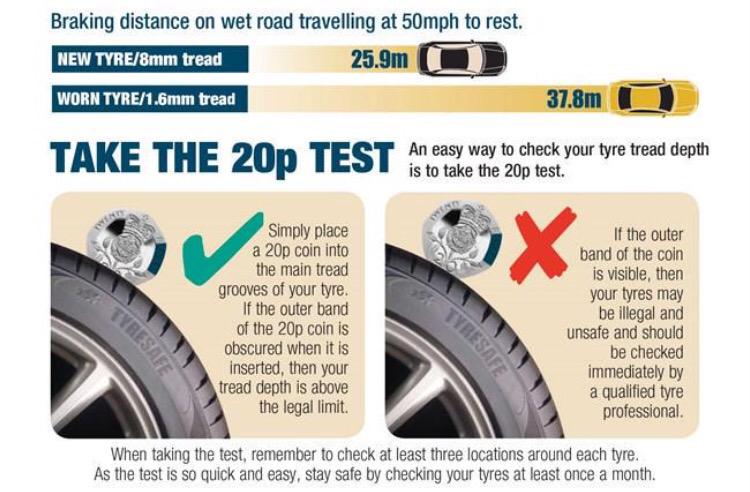
Knowing that winter is coming, even if the tires are at 5/32 in the fall, you should start shopping. Winter-friendly tires tend to get harder to find as the year winds down, and we have seen supplies disrupted during the pandemic. This means a tire store may need to order the tires for you, and deals may be harder to come by.
By Tom Krishner, The Associated Press
It’s time to get some traction.
At any time now, snow could fall over a broad swath of America, and that means your tires need to be checked.
Experts say if the rubber is worn, you could slide, crash or get stuck, even in a light snowfall. Depending on where you live and how badly you need to get someplace in bad weather, you might want winter tires. All-season tires might be an option, but they won’t start and stop as well in ice and snow.
Experts say late October is a good time to shop for tires and get them installed so you’re ready.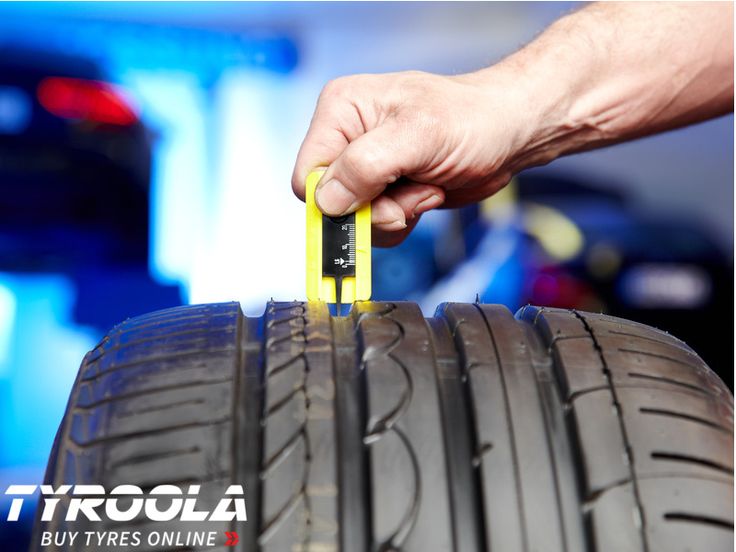 Here’s how to figure out whether you need new tires and tips from experts on what kind of rubber to buy:
Here’s how to figure out whether you need new tires and tips from experts on what kind of rubber to buy:
Check the tread depth: Stick a quarter into the tire grooves at several spots with George Washington’s head upside down. If you can see the top of Washington’s hair, you have 4/32 of an inch of tread or less. That means it’s about time to replace your tires. You may have a little time left in warm, dry weather, but tires with less than 4/32 won’t grip well in ice and snow. People used to use a penny to check tread depth. But if the top of Abraham Lincoln’s head can be seen, that means you’ve only got 2/32 inches of tread left. “At that point most tires are basically worn out and need to be replaced immediately,” says Gene Petersen, tire program manager for Consumer Reports, which does extensive tire testing.
Winter or all-season? It depends on where you live, how urgently you need to be somewhere in the snow, and whether your vehicle is 2-wheel-drive or all-wheel-drive.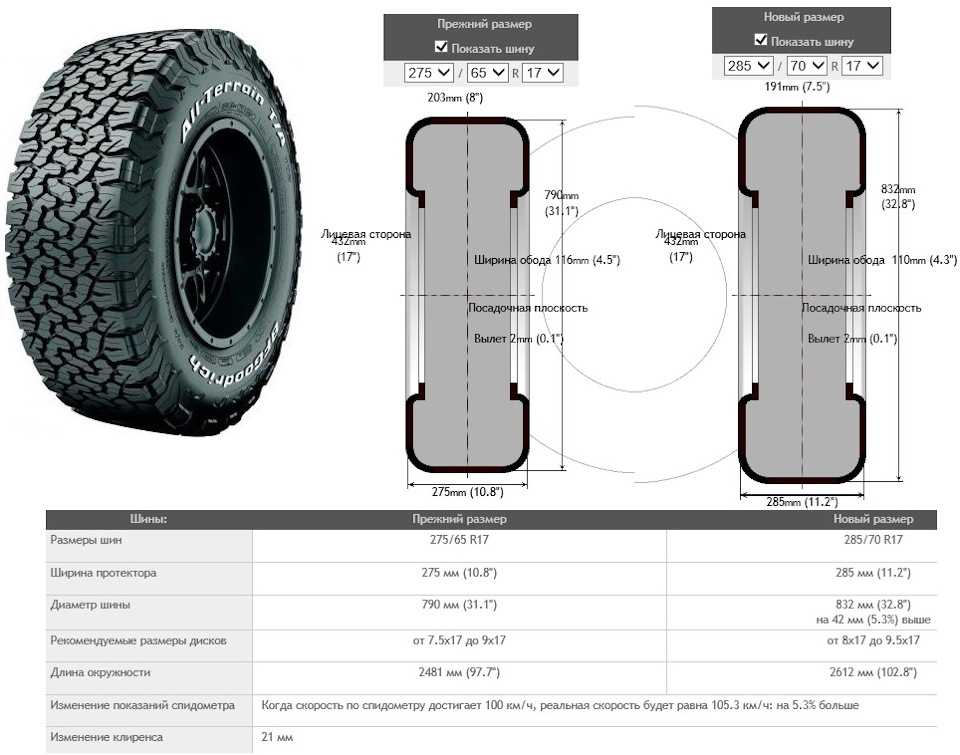 In an area with moderate snowfall, you probably can get by with all-season tires, especially if you can wait for plows to clear roads before going anywhere. Generally, if you live south of Cincinnati, Ohio, then all-season tires should work, says Woody Rogers, director of tire information for Tire Rack, an online tire store in South Bend, Ind. But to the north, where heavy snowfall is more likely, winter tires will be better. If the engine powers all four of your wheels, good all-season tires may suffice. Generally, winter tires on a two-wheel-drive vehicle grip better than all-season tires on a four-wheel-drive vehicle. Experts say all-wheel-drive makes a big difference starting off in snow. But it won’t help you stop in snow. That’s where winter tires come in. They’ll stop faster in slippery conditions because they grip ice and snow better due to specially designed soft tread compounds. In bad weather, winter tires grip almost like they’re being driven on dry roads, says John DiPiazza, part owner of A&A Tires in Milwaukee.
In an area with moderate snowfall, you probably can get by with all-season tires, especially if you can wait for plows to clear roads before going anywhere. Generally, if you live south of Cincinnati, Ohio, then all-season tires should work, says Woody Rogers, director of tire information for Tire Rack, an online tire store in South Bend, Ind. But to the north, where heavy snowfall is more likely, winter tires will be better. If the engine powers all four of your wheels, good all-season tires may suffice. Generally, winter tires on a two-wheel-drive vehicle grip better than all-season tires on a four-wheel-drive vehicle. Experts say all-wheel-drive makes a big difference starting off in snow. But it won’t help you stop in snow. That’s where winter tires come in. They’ll stop faster in slippery conditions because they grip ice and snow better due to specially designed soft tread compounds. In bad weather, winter tires grip almost like they’re being driven on dry roads, says John DiPiazza, part owner of A&A Tires in Milwaukee.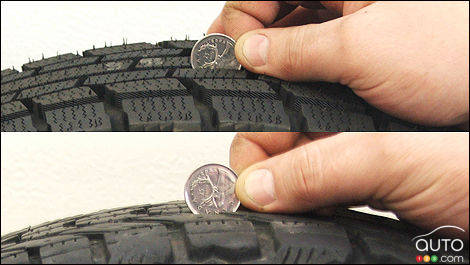 “It’s quite amazing,” he says.
“It’s quite amazing,” he says.
Read the reviews: If you decide to go with all-season tires, make sure you read test reports and consumer ratings. All-season tires vary wildly in their ability to grip snow, says Rogers, whose store also does tire testing. “The gap from good to bad is staggering,” he says. DiPiazza says you should stick to well-known brands for the best performance. If you choose winter tires, also read reviews. Tire Rack’s tests show less of a variance between snow tires from different brands. Deeper grooves generally mean more snow traction, but you can’t always tell performance from looking at a tire, Petersen says. Although winter tires have improved, they still compromise dry-pavement handling for snow and ice performance.
Replace all four tires: Putting snow tires on just the two drive wheels can make your car difficult to handle in snow and ice. When two wheels on one axle grip better than the other two, it creates a handling imbalance that could be treacherous if you’re trying to stop quickly or steer around something. “Those are the situations where you need your car to work best, an emergency situation,” says Rogers.
“Those are the situations where you need your car to work best, an emergency situation,” says Rogers.
The price: Snow and all-season tires generally cost about the same. Consumer Reports found that sedan tires average around $145 each. SUV tires average $178 apiece. Shopping around could get you a better deal. Make sure the price includes mounting and balancing.
Buy early: Experts say now is the time to buy, when there’s time to do research and there’s an abundant selection of snow or all-season tires. If you wait until the first snowfall, you might get stuck with what the dealer has on hand in the size that fits your car. But don’t buy too soon: DiPiazza recommends installing winter tires when the daily high temperature is generally below 50 degrees.
The tire tread is the outer part of the wheel that provides traction in all weather conditions. The protectors inevitably wear out during the operation of the car, the working height of the slope decreases.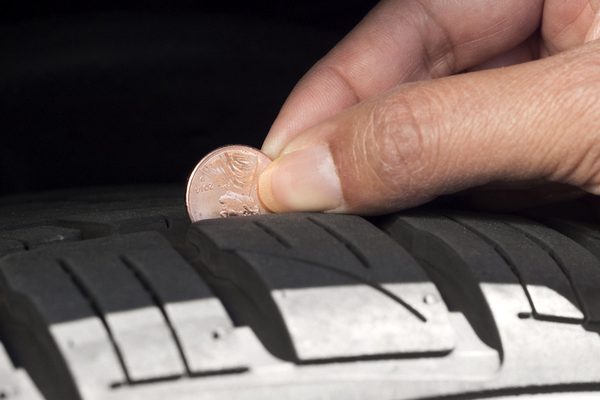 The residual tread depth should be periodically monitored and the set of tires should be renewed in time - this will reduce the risk of losing control of the car and save the car owner from fines from the traffic police.
The residual tread depth should be periodically monitored and the set of tires should be renewed in time - this will reduce the risk of losing control of the car and save the car owner from fines from the traffic police.
Tread wear rate depends on many factors:
Measuring the thickness of the tread layer will allow you to accurately determine the degree of tire wear and make a decision in time to replace them with new ones.
Different tires have different wear limits. Tread depth affects vehicle handling and road safety.
| According to Chapter 5 of the SDA, limiting norms for the height of the tread pattern have been established. For category M1 - passenger cars - as well as vehicles of categories N1, O1 and O2, the minimum allowable value is 1.6 mm. When using winter tires on snowy or icy surfaces - the limit is 4 mm. |
Let us explain what categories of vehicles we are talking about:
N1 - vehicles intended for the carriage of goods, having a technically permissible maximum mass of not more than 3. 5 tons;
5 tons;
O1 - trailers, the technically permissible maximum mass of which is not more than 0.75 tons;
O2 - trailers, the technically permissible maximum weight of which is over 0.75 tons, but not more than 3.5 tons.
The traffic police officer has the right to measure the residual depth with a verified device. In case of a recorded violation, a fine is imposed on the car owner.
The new summer tire has an average tread depth of 7-8 mm. The service life of summer tires is usually 3-5 seasons with average mileage and moderate driving style.
| Residual height limitation by law is 1.6 mm. However, with a remaining outer layer of 3 mm, the machine is already difficult to control, grip deteriorates, and a safety hazard arises. |
Do not wait until the critical value is reached. Make sure you change tires in advance.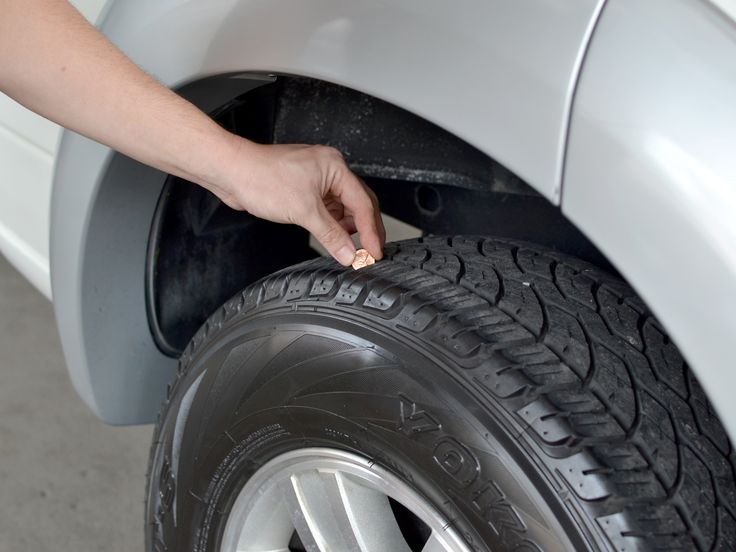
Winter tires are used in severe weather conditions: low temperatures, icy conditions, on snowy road surfaces. Worn elements make the tire ineffective on slippery winter roads. Accordingly, a more serious approach to the condition of the tire tread is needed.
Non-studded friction tire (velcro) with tread depth 8-9mm. A new studded model - from 9 to 11 mm, some firms produce a tread with a height of 12-18 mm.
| If the tread wear is up to 4-5 mm, the winter set of tires needs to be replaced. In addition, the loss of more than 50% of the metal spikes is also a reason to change the car's shoes. |
The average life of winter tires is 2-4 years.
Universal all-weather is used in a temperate climate both in winter and in summer, it is optimal at temperatures from +10 to -10˚C. This type of tire is not suitable for use in snowfall or severe frosts. SDA allows the use of all-season tires in the winter if there is a special marking:
SDA allows the use of all-season tires in the winter if there is a special marking:
| All-season tires last 3-4 years on average. In summer, at high temperatures, all-weather tires wear out much faster. It is recommended to buy new tires when the tread layer is abraded to a value of 2-2.5 mm. |
You can estimate the remaining tread layer in various ways:
On some tire models there are special volumetric indicators in the form of jumpers. Check: if the tread layer is worn down to the level of the jumpers, the tire is not suitable for further use.
On the surface of certain types of tires, manufacturers knock out numbers of various depths. Depreciation is assessed visually - by the visibility of individual numbers.
With the help of measuring instruments: from a metal ruler, caliper, depth gauge to an electronic tread depth gauge.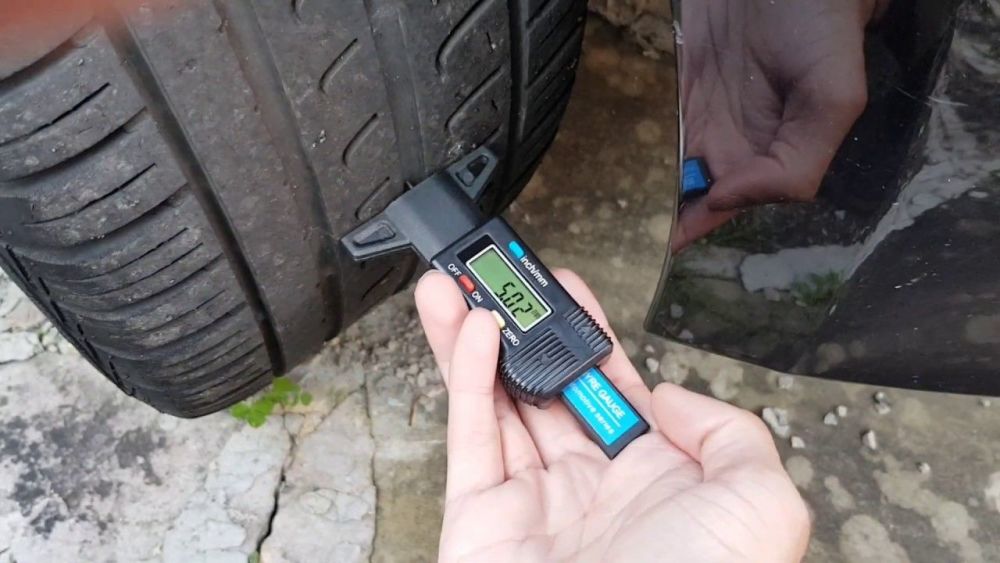
Many motorists measure the remaining tread depth with a coin. Warning: this method of measurement is not accurate. It will not show you actual tire wear figures.
Tire tread height should be measured at least at 6 different points, preferably at 9 or even 12: in the center and from both edges of the tread, at different points around the circumference of the tire. The measurement results at all specified points must match. If they do not match, then the tire wears unevenly. The driver should find out why this is happening. Some causes of uneven tire wear are low or high pressure in them relative to the regular one, suspension failure, extreme driving style.
Old tires have become unusable, the amount of tread remaining is approaching a critical line - no need to take risks, it's time to change your car's shoes. There is a great temptation to get by with small financial costs and purchase a set of used tires. Be careful!
Sellers advertise used tires as good or excellent condition.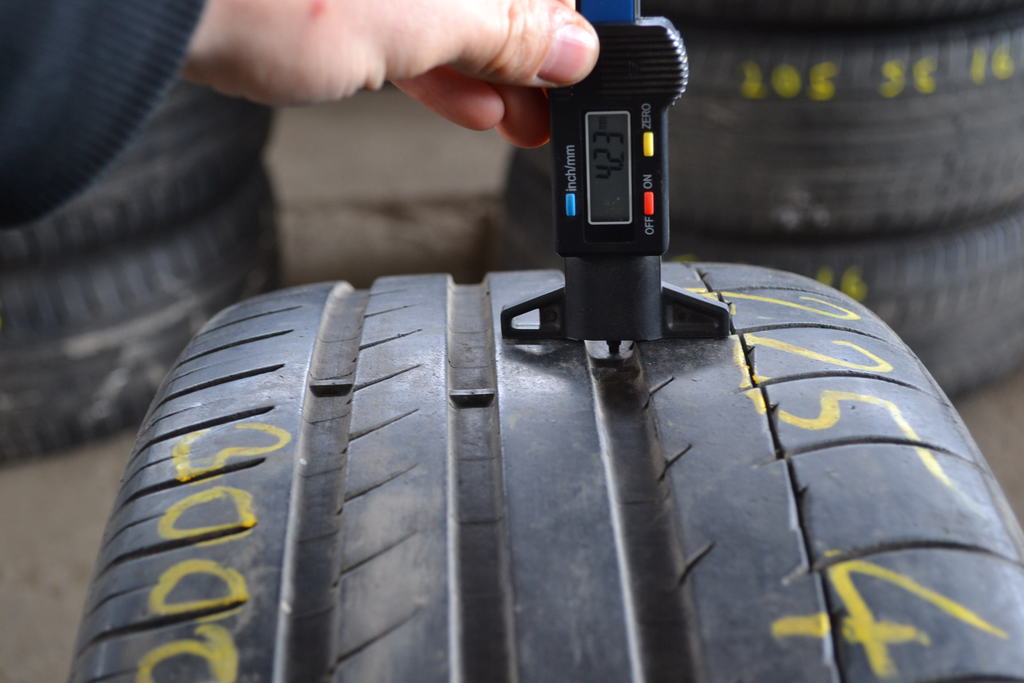 Do not be too lazy to personally measure the height of the tread layer. And remember: for winter tires, a residual tread depth of 4 mm is already 100% wear.
Do not be too lazy to personally measure the height of the tread layer. And remember: for winter tires, a residual tread depth of 4 mm is already 100% wear.
When buying used tires with tires, it is important to remember that tires from different manufacturers and seasons initially have different tread heights (when they are new). And most importantly: the tires have, accordingly, different wear limits - the tread depth at which the tire begins to lose important characteristics. These differences are most noticeable in winter and summer tires. Keep these points in mind when measuring the remaining tread depth of used tires.
The quality of domestic roads, unfortunately, does not allow tires to be used for 7–10 years. If you still decide to buy a used kit, check the year of manufacture - it is better not to consider tires older than 8 years.
there is no guarantee for tires bought from hands;
the seller can cheat - for example, offer tires from different manufacturers in one set.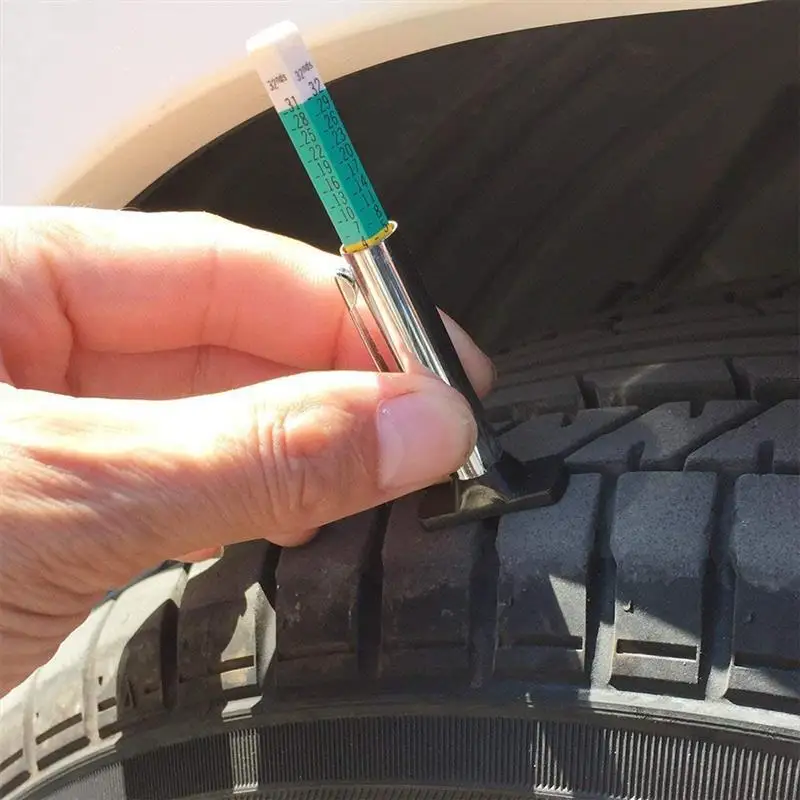 Some especially enterprising salesmen even cut the tread on the worn rubber, as if the tires had not yet worn out;
Some especially enterprising salesmen even cut the tread on the worn rubber, as if the tires had not yet worn out;
you will have to spend a lot of time picking up tires from private sellers - much of what is put up for sale is only suitable for recycling;
Products may have hidden or visible defects. Visible are punctures, tears, cuts. A tire with a lot of damage can collapse in motion. Hidden defects include damage to the cord, which most often occurs after punctures or a strong blow. A car with such a malfunction may wiggle on the road, and it will be unstable;
the goods were stored in the wrong conditions, for example, under direct sunlight - this reduces the life of the tires and they will quickly become unusable, even if the residual tread depth is ideal;
it is not always possible to carry out a tire fitting in the presence of the seller, you will have to check the kit yourself after payment.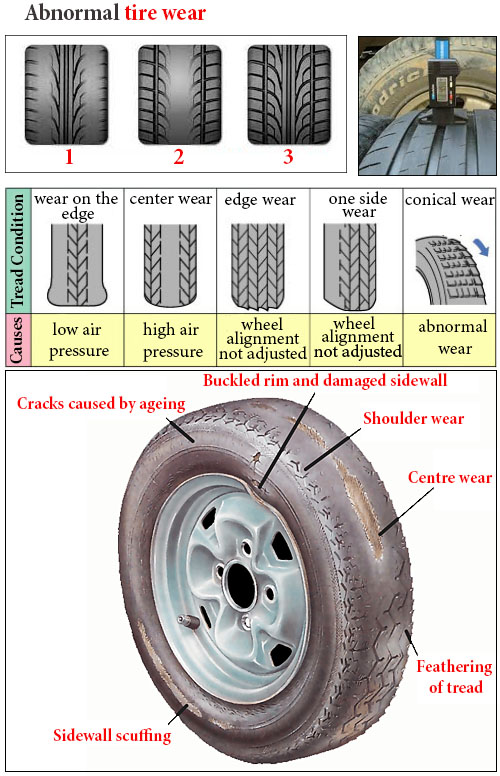
Without a specialist, there is a risk of buying tires that you cannot use. Don't skimp on safety. Purchasing a new set of tires will require more investment, but will pay off with a long period of trouble-free operation.
The maximum permissible residual tread depth for a passenger car is 1.6 mm in summer and 4 mm in winter.
SDA strictly regulate the residual height of the tread pattern. Violation of traffic rules is a reason for drawing up an administrative protocol.
For your own safety, replace worn tires on time. Better for new ones.
In fact, the average life of any tire is 5-7 years, but a lot depends on how the owner treats his car. Aggressive driving, improper seasonal tire storage, unrepaired suspension/balancing problems, incorrect pressure and other errors can significantly shorten tire life. But worn tires can be a serious problem on the road: an increased risk of uncontrolled skidding, hydroplaning, even accidents is the price that drivers and passengers have to pay for using old tires.
But worn tires can be a serious problem on the road: an increased risk of uncontrolled skidding, hydroplaning, even accidents is the price that drivers and passengers have to pay for using old tires.
Each manufacturer indicates the so-called wear index on the tire profile, which most often looks like the inscription “Treadwear 100” and means a maximum of 48,000 km on a standard road surface (polygon). In a real environment and often not the most ideal roads, this number actually needs to be divided by 1.5 - we get 36,000 km.
By analogy, if the wear resistance index is 150, then this means “factory” 72 thousand km, 200 - 96 thousand km., and so on.
What are the dangers of worn tires on the road:
adhesion to the roadway deteriorates, which leads to an increased likelihood of skidding, accidents, hydroplaning in case of rainy weather;
reduced cross-country ability in off-road conditions;
increases the risk of a tire puncture while driving.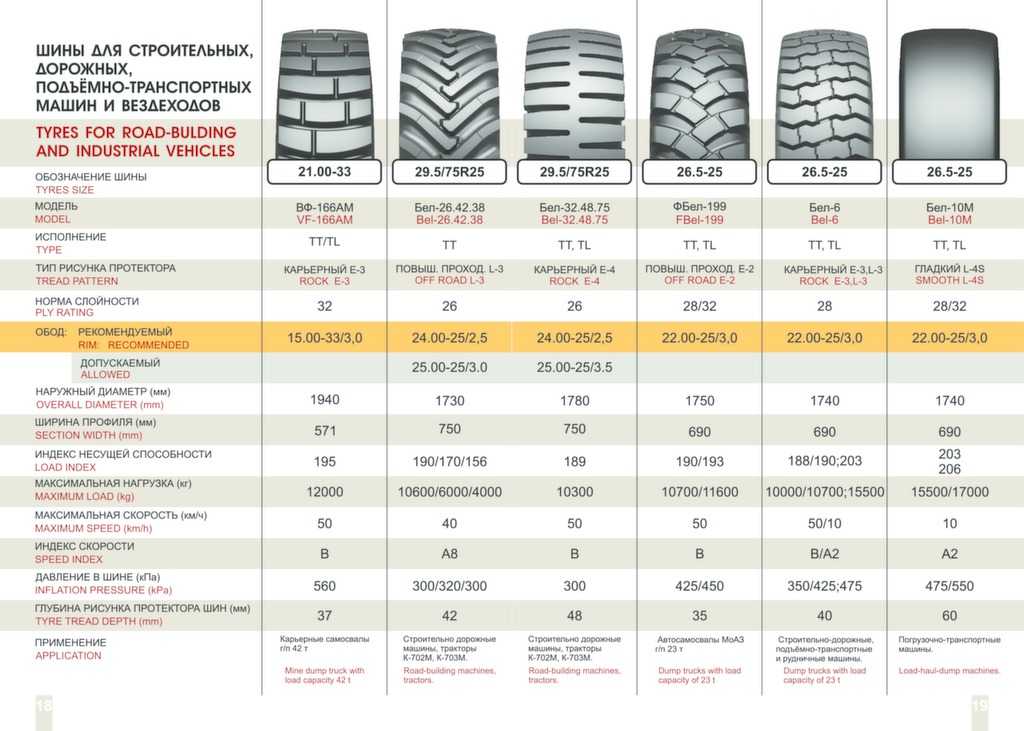
It is also worth remembering that the issue of tire wear is regulated by traffic rules, and you can get a fine for using “bald” rubber. Knowing what maximum tire wear is acceptable, this is easy to avoid: 1.5-2 mm for summer, and 4-5 mm for winter (a more accurate figure is indicated by the manufacturer).
1. According to the wear indicator on the tire. To find this indicator, you need to inspect the side of the tire and find one of the markings: a triangle, a company logo, a snowflake, or the abbreviation TWI. If the tread has worn down to this indicator, it means that the tire needs to be disposed of urgently.
2. Many people in the old fashioned way prefer to use a 10-kopeck coin. Insert it into the tread with the inscription "10 kopecks" towards you, and if it is visible, the wear level is too high, you need to replace the tire. This method is convenient, but not entirely accurate: by measuring wear in different parts of the tire in this way, it will be difficult to estimate its unevenness by eye, and this is also an extremely important indicator.
3. It is optimal to use a special gauge, depth ruler or caliper for these purposes. This will allow you to measure the wear of the tread in different parts of the tire with an accuracy of up to a millimeter and understand if there is uneven wear.
If measurements show different results in different parts of the tread, it is important to determine exactly how your tires wear in order to understand where and what the operating error is.
If the tread wears more on the sides and the center wears off less, this means that the tire pressure is insufficient and the contact patch with the road is not correct. This leads not only to poor vehicle stability, but also to increased fuel consumption.
If the tread is worn down the middle but the sidewalls are fine, then your tires are overinflated. Sometimes this is done intentionally in order to save fuel, but in this case, the tires will still have to be changed ahead of schedule.
There is also the possibility of increased wear on the inside or outside of the tread - this indicates an incorrect camber. A visual table with wear options and their causes:
Cracks on the sides of tires can indicate frequent off-road driving, improper storage, low-quality rubber or long service life, as well as incorrect tire pressure.
Bulges or "hernias" on the sides of the tires appear as a result of the side part hitting hard obstacles. Tires with such damage are not recommended.
Dents on the tread indicate insufficient depreciation and unadjusted camber. Having found such damage, it is necessary to drive the car to the service and make sure that the suspension is in good condition.
Individual wear spots on the tread indicate aggressive driving / braking, skidding with wheel locks, or prolonged parking of the car in one position.
Most often, this is required for the sale and purchase of used tires in order to orient the buyer in the degree of their wear. Many sellers give this figure at random, but this method has nothing to do with the actual assessment of the degree of tire wear. It is also important to understand that a conditional 50% wear for a summer tire is an acceptable value, while 50% wear of a winter tire tread is a sign that the tire cannot be used. Therefore, it is important to know how to accurately determine the percentage of tire wear so as not to get into an unpleasant situation.
Many people divide the actual tread height by the height of the same, but new tire, and get a certain percentage of wear. This would be correct, if not for one BUT: we cannot physically erase the tread to zero, and the law prohibits the use of tires with a tread below the permitted values.
You can calculate actual tire wear by dividing the difference between the new tire height and the actual tire height by the difference between the new tire tread height and the minimum possible tread height for that tire, and then multiplying this number by 100.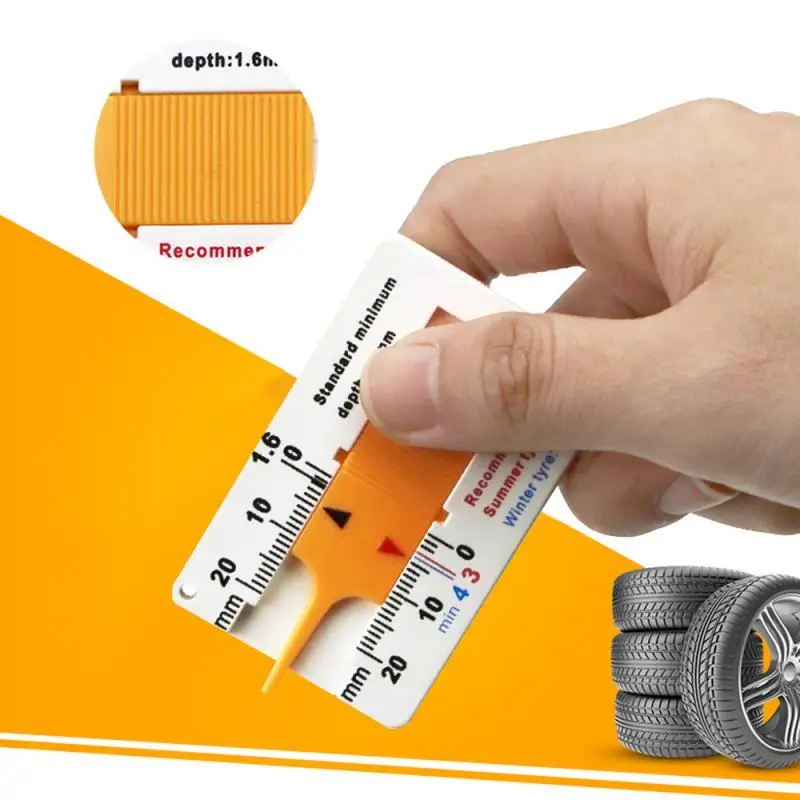
If it is impossible to find out the height of the same, but with a new tire, use the average values of your tire type:
| Tire type | Average tread height at start of use |
| Winter tires with Scandinavian tread | 10 mm |
| Winter with regular or asymmetric tread | 9 mm |
| High-speed winter | 7 mm |
| Summer tires with classic tread | 8 mm |
| Summer speed | 7 mm |
You can check summer tires for wear a little less often than winter tires, since in summer the tread depth is not so important for patency.
If you have assessed the condition of your tires on all of the above factors and realized that the tires are worn out, be sure to replace them with new ones as soon as possible.